Introduction
In recent years, chatbots have become an integral part of our daily interactions, whether we're seeking customer support, shopping online, or even managing our finances. These digital assistants have evolved significantly from their early iterations, which were limited to simple, rule-based responses.
Generative AI development is a cutting-edge technology that enables chatbots to understand and generate human-like language with unprecedented accuracy.
Unlike traditional AI models, which rely on predefined responses, generative AI uses sophisticated algorithms to create dynamic, context-aware conversations. This advancement in generative AI development applications is transforming the landscape of digital communication with real-world examples.
In this blog, we will explore how chatbots with generative AI are transforming the landscape of digital communication with real-world examples.
The Evolution of Chatbots
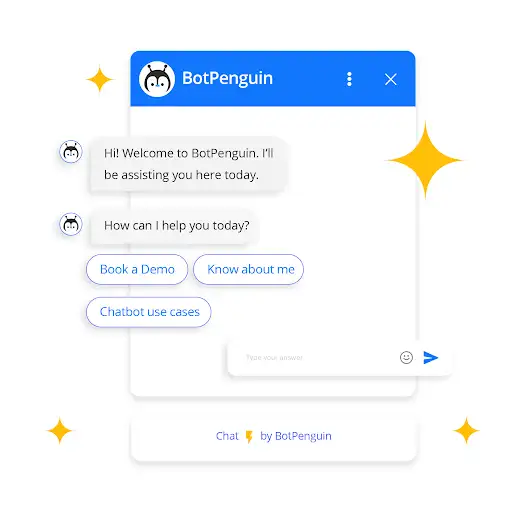
Chatbots have evolved significantly since their inception, progressing through key stages of development.
Initially, chatbots were operated on rule-based systems and limited to predefined scripts and specific queries. Interactions were rigid, often leading to misunderstandings and user frustration.
However, these chatbots demonstrated potential for automated customer interaction.
Chatbots improved with the advent of machine learning and natural language processing (NLP). Machine learning enabled them to learn from interactions and enhance responses over time.
NLP enabled understanding of context and sentiment, making conversations more natural and fluid.
The latest evolution integrates generative AI development applications, allowing chatbots to create new content based on conversation context. Generative AI development applications enable chatbots to understand and generate human-like language, offering personalized interactions.
This breakthrough enhances adaptability, enabling chatbots to handle complex queries effectively.
What is Generative AI Development?
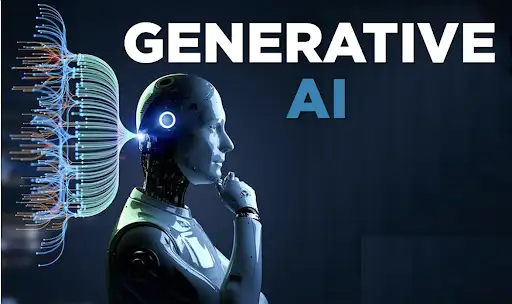
Generative AI development refers to the creation and advancement of artificial intelligence systems that can generate new content, ideas, or solutions.
Unlike traditional AI, which focuses on analyzing and interpreting existing data, generative AI can produce original outputs based on the data it has been trained on.
This capability opens up a wide array of generative AI development applications, from creating art and music to writing text and even designing new products.
Generative AI development leverages deep learning models, particularly neural networks, to learn patterns and structures from vast datasets.
Generative AI development trains chatbots to generate content that is often indistinguishable from that created by humans.
Benefits of Generative AI development
Generative AI development offers several key benefits that revolutionize how tasks are performed across various industries:
Creativity Enhancement
Enables machines to generate original content, such as art, music, and literature, expanding creative possibilities beyond human capabilities.
Facilitates innovative product design and development by exploring diverse design options and iterating rapidly based on user feedback.
Efficiency and Automation
Automates repetitive tasks like content creation, data analysis, and customer service interactions, reducing manual effort and operational costs.
Improves productivity by handling complex computations and generating insights quickly, allowing businesses to make informed decisions faster.
Personalization and User Engagement

Enhances user experience through personalized recommendations, content, and interactions tailored to individual preferences and behaviors.
Creates more engaging customer interactions with chatbots and virtual assistants capable of understanding and responding contextually to user queries.
Scalability and Adaptability
Scales operations efficiently by deploying AI models that can handle increasing volumes of data and user interactions without significant resource constraints.
Adapts to evolving business needs and market dynamics by continuously learning from new data and adjusting strategies in real-time.
Innovation and Competitive Advantage
Fosters innovation across industries by generating new ideas, products, and solutions that drive competitive differentiation and market leadership.
Enables businesses to stay ahead of trends and disrupt traditional models with AI-driven insights and predictive capabilities.
Generative AI development empowers organizations to leverage advanced technology for creative expression, operational efficiency, and strategic growth, unlocking new opportunities for innovation and success.
Let's explore some use cases of generative AI development.
Use Cases of Generative AI Development
the diverse use cases of generative AI development in creative industries, business, and scientific research, showcasing its ability to drive innovation and efficiency in each domain.
Use Cases of Generative AI Development in Creative Industries
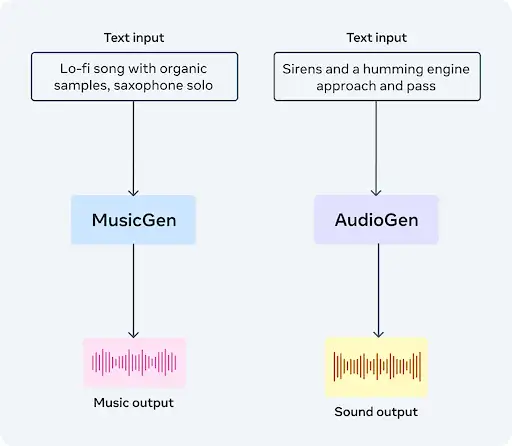
In creative industries, potential use cases of generative AI development are the following:
Music Composition: Generating original music compositions based on learned patterns and styles.
Artistic Visuals: Creating visual art, including paintings and digital graphics, with unique styles and themes.
Literature and Storytelling: Writing stories, articles, and scripts, leveraging natural language generation capabilities.
For example, OpenAI's MuseNet can generate original music compositions in various styles, blending genres like classical, jazz, and pop to create unique pieces.
Use Cases of Generative AI Development in Business
In business, potential use cases of generative AI development are the following:
Product Design: Iteratively generating and refining product designs based on user preferences and market trends.
Marketing Optimization: Creating personalized marketing content, including ads and campaigns, to maximize engagement.
Customer Service: Developing chatbots capable of understanding and responding to customer inquiries with human-like interaction.
For example, Autodesk's Dreamcatcher generates and refines product designs based on user-defined constraints and preferences. It can create ergonomic chair designs by analyzing user comfort data and market trends.
Suggested Reading:
Exploring Generative AI Applications in Businesses
Use Cases of Generative AI Development in Scientific Research
In Scientific Research, potential use cases of generative AI development are the following:
Drug Discovery: Generating novel molecular structures and predicting their properties for drug development.
Material Science: Designing new materials with desired properties, such as strength or conductivity, through iterative modeling.
Data Analysis: Automating data analysis tasks, including pattern recognition and anomaly detection, to accelerate research insights.
For example, Insilico Medicine uses generative AI to generate novel molecular structures and predict their properties for drug development.
Their AI-driven platform has identified new compounds that have entered preclinical trials, accelerating the drug discovery process.
Understand these use cases of generative AI development to unlock innovative possibilities across these industries, leveraging advanced algorithms and vast datasets to achieve transformative outcomes.
Generative AI Development Tools
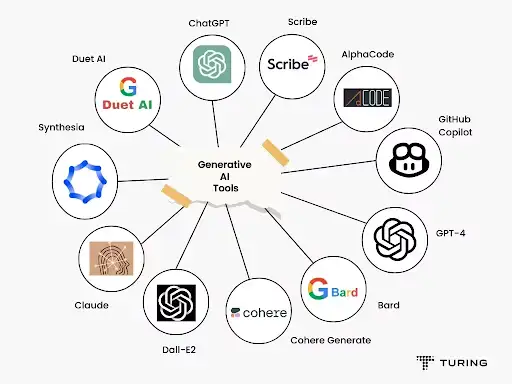
Generative AI development tools play a crucial role in empowering businesses and developers to harness the potential of AI for creating innovative solutions.
These generative AI development tools leverage advanced algorithms and frameworks to streamline the development and deployment of generative AI development applications across various domains.
Here’s how generative AI development tools are facilitating transformation:
OpenAI GPT-3: This generative AI development tool sets benchmarks for natural language processing and generation, enhancing chatbots and content creation.
TensorFlow and PyTorch: This generative AI development tool provides frameworks for building and training neural networks, supporting tasks like image generation and predictive analytics.
Hugging Face Transformers: This generative AI development tools offers pre-trained models for tasks like sentiment analysis and chatbot development, facilitating rapid deployment.
Google Cloud AI Platform: Provides scalable infrastructure and managed services for training and deploying AI models, ideal for diverse applications.
IBM Watson Studio: Suite of generative AI development tools for AI model development, supporting sectors such as healthcare and finance with automated machine learning capabilities.
AutoML Tools: Automates model-building processes, enabling businesses to leverage AI for personalized customer experiences and operational efficiency.
Suggested Reading:
Why Generative AI is the Future of Innovation: Don't Get Left Behind!
Transforming Interactions with Generative AI Chatbots
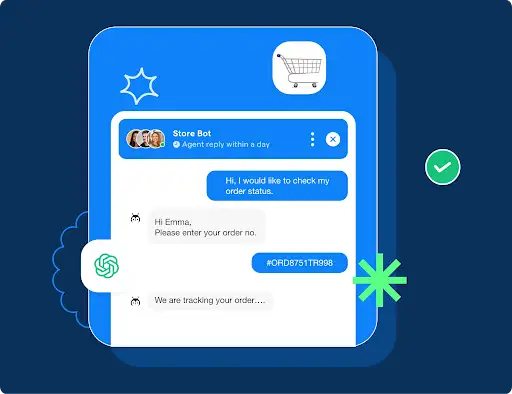
Generative AI chatbots are changing how we interact with technology by making communication more natural, personalized, and efficient. Here’s how they are transforming interactions:
- Enhanced Conversational Quality: Generative AI chatbots understand and generate human-like language, making interactions smoother and more engaging.
They grasp context, detect nuances, and respond appropriately.
- Personalization and Context-Awareness: By analyzing user data and past interactions, generative AI chatbots offer personalized responses tailored to individual needs, providing relevant suggestions and support.
- Real-Time, 24/7 Availability: Generative AI chatbots offer instant, 24/7 responses, ensuring users get assistance anytime, reducing wait times and enhancing satisfaction.
- Emotion and Sentiment Detection: These chatbots can detect emotions and sentiments, allowing them to respond empathetically and adapt their tone based on the user’s emotional state.
- Multi-Turn Conversations: Generative AI chatbots handle multi-turn conversations, remembering previous interactions and maintaining context, allowing for more complex and meaningful dialogues.
- Adaptive Learning and Improvement: Generative AI chatbots learn from interactions and improve over time, adapting to new trends and user behaviors to stay relevant and accurate.
- Multilingual Communication: Generative AI chatbots support multiple languages, ensuring seamless communication with users from different linguistic backgrounds.
- Reducing Cognitive Load: Generative AI chatbots simplify complex tasks and provide clear, concise information, making interactions more efficient and less overwhelming.
Generative AI chatbots are transforming interactions by enhancing conversational quality, personalizing responses, and providing real-time availability.
Their ability to detect emotions, handle multi-turn conversations, and learn continuously makes them powerful generative AI development tools for creating more natural, efficient, and satisfying user experiences.
Benefits of Generative AI Chatbots
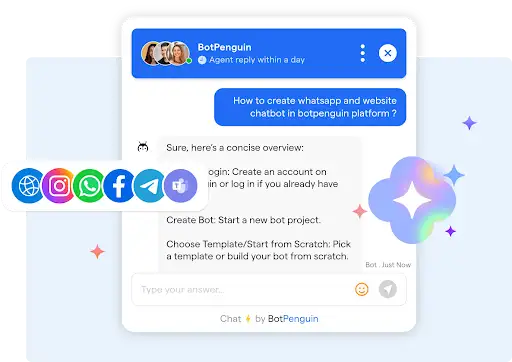
Generative AI chatbots bring numerous advantages, enhancing user experience and business efficiency:
Enhanced Natural Language Understanding and Generation: Generative AI development enables chatbots to They understand and generate human-like language, making interactions smoother and more engaging.
Personalized and Context-Aware Interactions: These chatbots provide tailored and relevant responses by analyzing user data and past interactions.
Improved Customer Experience and Satisfaction: Generative AI chatbots can handle a wide range of queries quickly and accurately, leading to higher customer satisfaction.
Scalability and Efficiency: Generative AI chatbots are capable of managing numerous inquiries simultaneously, they help businesses handle peak times and growth without compromising service quality.
Continuous Learning and Improvement: Generative AI models learn learn and improve over time, becoming more accurate and effective in addressing user needs.
Multilingual Capabilities: Generative AI supports multiple languages. These chatbots are accessible to a global audience, ensuring consistent service across regions.
Cost-Effectiveness: Automating customer service with generative AI chatbots reduces reliance on human agents, leading to cost savings and increased efficiency.
Generative AI chatbots enhance language understanding, personalization, customer satisfaction, scalability, continuous improvement, multilingual support, and cost savings, making them essential for modern businesses.
Suggested Reading:
7 Innovative Ways Generative AI Apps Boost Business Productivity
Generative AI Development Applications in the Real World
Generative AI applications for chatbots have been successfully implemented across various industries, demonstrating their transformative impact on interactions and user experiences.
Here are some notable real-world examples:
Healthcare: Buoy Health
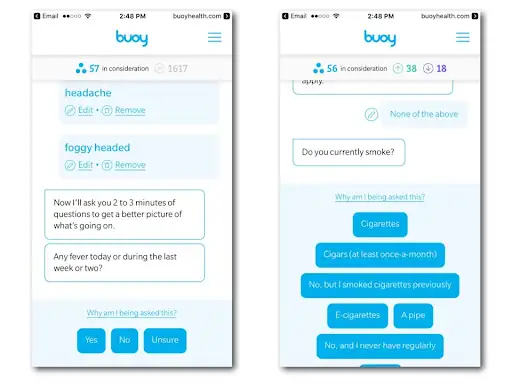
Buoy Health uses generative AI applications for their chatbot to provide personalized health assessments. Users input symptoms and receive accurate advice on potential health issues and next steps.
The chatbot’s natural language understanding improves access to healthcare information and supports informed decision-making.
Customer Service: Zendesk Answer Bot
Zendesk's Answer Bot assists customers with common inquiries and support issues using generative AI. It analyzes queries in real-time, retrieves relevant information, and delivers accurate responses.
This reduces customer service workload, speeds up response times, and enhances customer satisfaction.
Education: Duolingo Chatbots

Duolingo uses generative AI development applications in its chatbots for language learning. These chatbots simulate conversations, correct grammar, provide feedback, and offer contextual explanations.
This personalized practice helps users improve their language skills and stay engaged.
Finance: Cleo
Cleo, a financial management app, uses generative AI to help users manage their finances. The chatbot analyzes spending patterns, sets budgeting goals, and offers personalized financial insights and recommendations.
Cleo helps users make informed financial decisions and improve financial literacy.
E-commerce: H&M Virtual Stylist

H&M’s Virtual Stylist uses generative AI to offer personalized fashion advice. Users interact with the chatbot to receive outfit recommendations based on their preferences, occasions, and current trends.
This enhances the shopping experience, increases customer engagement, and drives sales.
These examples illustrate how generative AI chatbots are enhancing interactions across diverse industries, improving accessibility, personalization, and efficiency in user experiences.
As this technology continues to evolve, we can expect more innovative applications and broader adoption across various sectors, further transforming the way we interact with digital platforms and services.
Conclusion
In conclusion, generative AI development applications are revolutionizing the chatbot landscape across various industries.
These advancements provide more natural, personalized, and efficient interactions by enabling chatbots to understand and generate human-like language.
Use cases of generative AI development spread from healthcare and customer service to education, finance, and e-commerce sector
As this technology continues to evolve, its potential for broader adoption and innovative applications will further reshape digital communication.
Businesses leveraging generative AI development stand to gain a competitive edge, improved customer satisfaction, and operational efficiency, marking a new era in the way we interact with technology.
Suggested Reading:
How to Select the Right Generative AI Tool for Your Needs?
Frequently Asked Questions (FAQs)
How are generative AI chatbots different from regular chatbots?
Generative AI chatbots can create replies on the spot, making conversations feel more natural and less like you're talking to a robot.
What makes generative AI chatbots better for customer service?
They understand context better, leading to more accurate and helpful responses, almost like you're chatting with a human helper.
Can generative AI chatbots handle complex conversations?
Yes, their ability to understand and generate human-like text makes them great for nuanced and detailed conversations.
How do generative AI chatbots improve over time?
They learn from interactions, constantly getting smarter and more efficient in handling queries and conversations.
Are generative AI chatbots secure for sensitive information?
Yes, when properly designed, they follow strict data protection rules to ensure your conversations and information stay safe.
What are generative AI development tools used for?
Generative AI development tools are used to autonomously create new content like text, images, or music.
They are essential for tasks such as chatbot creation, content generation, product design, and scientific research.
How do generative AI development tools differ from traditional AI tools?
Generative AI development tools differ from traditional AI tools by their ability to autonomously generate original content rather than analyzing existing data for tasks like classification and prediction.
They leverage advanced techniques such as deep learning and natural language processing to enhance creativity and problem-solving capabilities.

